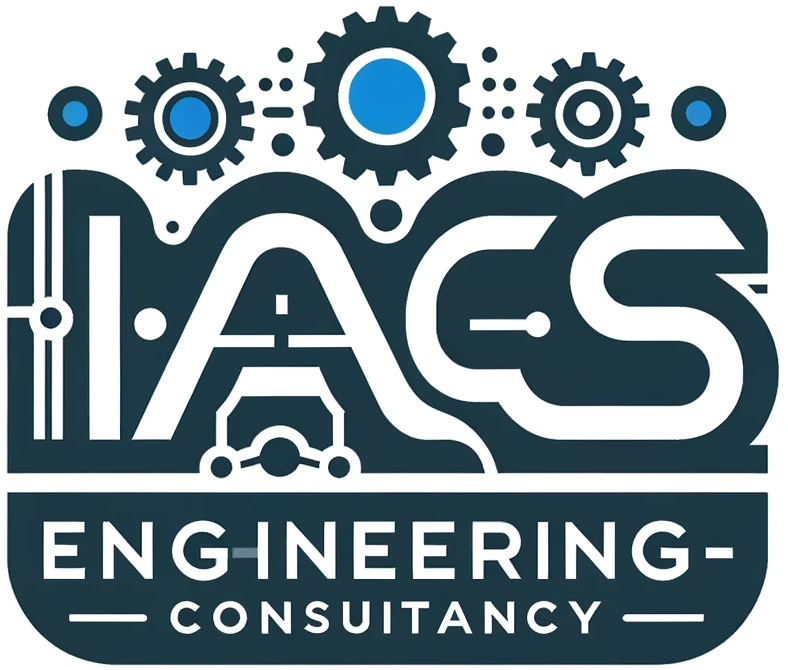Using ISA-88 and ISA-95 Together involves harmonizing the equipment and procedural models of ISA-88 with the enterprise-control integration models of ISA-95. This integration ensures seamless communication between control systems and business systems, facilitating efficient manufacturing operations.
🔄 ISA-88 vs ISA-95 – How They Overlap
| Aspect | ISA-88 | ISA-95 |
|---|---|---|
| Focus | Equipment & procedural modeling (mostly Levels 0–2) | Information flow & integration across all levels |
| Hierarchy | Physical + procedural models (units, phases) | Functional model (ERP ↔ MES ↔ Control) |
| Use Case | Standardized recipe & equipment behavior | Standardized data models for MES-ERP integration |
| Common Ground | Equipment model, batch control logic | Unit-level interfaces, scheduling, production execution |
🧠 Think of ISA-88 as modular control engineering logic, and ISA-95 as the bridge between business and plant.
Integrating the ISA-88 and ISA-95 standards provides a comprehensive framework for aligning physical equipment structures with enterprise control systems. Here’s an overview of how these hierarchies interrelate:
🏗️ Combined ISA-88 and ISA-95 Hierarchical Overview
| ISA-95 Level | Function | ISA-88 Physical Model | ISA-88 Procedural Model |
|---|---|---|---|
| Level 4 | Business Planning & Logistics | Enterprise | — |
| Level 3 | Manufacturing Operations Management | Site / Area | Procedure |
| Level 2 | Batch Control | Process Cell / Unit | Unit Procedure / Operation |
| Level 1 | Basic Control | Equipment Module / Control Module | Phase |
| Level 0 | Physical Process | Sensors, Actuators, Field Devices | — |
This alignment ensures that each level of the enterprise corresponds with specific physical and procedural elements, facilitating seamless integration between business systems and manufacturing processes.
🔄 Integration Insights
- Terminology Alignment: ISA-95 adopts ISA-88’s physical model terminology (e.g., Enterprise, Site, Area) to ensure consistency in information exchange.
- Data Exchange: By mapping ISA-88’s procedural elements (Procedures, Unit Procedures, Operations, Phases) to ISA-95’s activity models, organizations can achieve synchronized control and business operations.
- Combined Use: The technical report ISA-TR88.95.01 provides guidance on integrating ISA-88 and ISA-95, highlighting areas of overlap and methods for harmonization.
📚 Further Resources
ISA-88 Standards and Technical Reports – Bundle
ANSI/ISA-95 Standards – Bundle
Using ISA-88 and ISA-95 Together
🔧 Implementation Steps
1. Align Physical Models
- ISA-88 Physical Model: Defines a hierarchy of equipment (Enterprise → Site → Area → Process Cell → Unit → Equipment Module → Control Module).
- ISA-95 Resource Model: Describes resources such as equipment, personnel, materials, and energy.
Action: Map ISA-88 equipment entities to ISA-95 resource objects to establish a common understanding across systems.
2. Integrate Procedural and Operational Models
- ISA-88 Procedural Model: Outlines procedures, unit procedures, operations, and phases for batch processes.
- ISA-95 Activity Model: Details manufacturing operations like production, maintenance, quality, and inventory.
Action: Link ISA-88 procedural elements to corresponding ISA-95 activities to synchronize control procedures with business operations.
3. Standardize Terminology and Data Structures
- Challenge: Differences in terminology and data representation can hinder integration.
Action: Develop a unified vocabulary and data model that bridges ISA-88 and ISA-95 concepts, ensuring consistency across systems.
4. Implement Information Exchange Mechanisms
- ISA-95 provides models for information exchange between enterprise and control systems.
Action: Utilize standards like B2MML (Business To Manufacturing Markup Language) to facilitate structured data exchange between systems.
5. Develop Integrated Workflows
- Objective: Create workflows that encompass both control procedures and business processes.
Action: Design workflows that trigger control system actions based on business events and vice versa, ensuring cohesive operations.
🛠️ Practical Example
Scenario: A pharmaceutical company wants to integrate its batch control system with its ERP system to improve production scheduling and traceability.
Implementation:
- Map Equipment: Align ISA-88 equipment modules with ISA-95 equipment resources.
- Link Procedures: Connect ISA-88 batch procedures with ISA-95 production schedules.
- Standardize Data: Use B2MML to represent batch records and production orders.
- Automate Workflows: Configure the ERP system to automatically trigger batch processes in the control system based on production demands.
Seamlessly Integrate ISA-88 and ISA-95 Standards for Optimized Manufacturing Operations
In the evolving landscape of industrial automation, integrating control systems with enterprise operations is crucial for efficiency and competitiveness. Our expert ISA-TR88.95.01 implementation services are designed to harmonize ISA-88 and ISA-95 standards, ensuring a cohesive and streamlined manufacturing process.
🔧 What is ISA-TR88.95.01?
ISA-TR88.95.01 is a technical report that provides guidance on integrating the ISA-88 and ISA-95 standards. While ISA-88 focuses on batch process control and ISA-95 addresses enterprise-control system integration, this report bridges the two, aligning terminologies and models to facilitate seamless communication between control systems and enterprise applications.
💡 Benefits of Implementing ISA-TR88.95.01
- Enhanced Integration: Achieve seamless communication between control systems and enterprise applications, improving data consistency and operational efficiency.
- Standardized Terminology: Align terminologies and models across ISA-88 and ISA-95, reducing misunderstandings and errors.
- Improved Flexibility: Facilitate adaptable manufacturing processes that can quickly respond to changing demands.
- Regulatory Compliance: Ensure adherence to industry standards and regulations through standardized processes and documentation.
🛠️ Our ISA-TR88.95.01 Implementation Services
Our team of experienced control systems engineers offers comprehensive services to implement ISA-TR88.95.01:
- Assessment & Planning: Evaluate your current systems and develop a strategic plan for integrating ISA-88 and ISA-95 standards.
- Design & Development: Create detailed designs that align ISA-88 batch control models with ISA-95 enterprise integration models.
- System Integration: Implement and integrate systems that harmonize control processes with enterprise operations.
- Training & Support: Provide training for your staff and ongoing support to ensure successful adoption and operation.
📈 Industries We Serve
Our ISA-TR88.95.01 implementation services are applicable across various industries, including:
- Pharmaceuticals
- Food & Beverage
- Chemicals
- Biotechnology
- Consumer Goods
📞 Get Started Today
Ready to enhance your manufacturing operations through the integration of ISA-88 and ISA-95 standards? Contact us today to schedule a consultation and discover how our expert services can benefit your organization.
